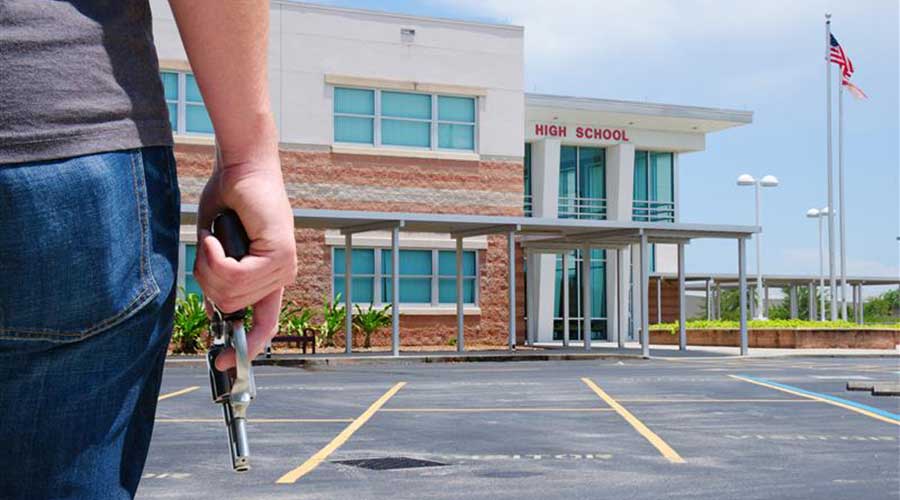Energy Efficiency: As goes California, ...
 Oct. 1 marked the effective date for California’s new building energy efficiency standards. The date also might be something of a bellwether for institutional and commercial buildings in the rest of the nation.
Oct. 1 marked the effective date for California’s new building energy efficiency standards. The date also might be something of a bellwether for institutional and commercial buildings in the rest of the nation.
As with many other issues, especially those related to environmental matters, California sets something of a target. If these standards for nonresidential and residential buildings produce the intended effects — energy savings, reduced demand for electricity, greater network reliability, increased indoor comfort, and decreased impact on the environment — more states are certain to follow California’s lead.
Maintenance and engineering managers who have been paying even the slightest bit of attention to the role that building systems and components play in an organization’s energy use will recognize many of the new standards’ targets. They include:
WATER HEADERS AND AIR CONDITIONING UNITS. Along with California’s standard, new federal standards for these units took effect. They apply to many nonresidential buildings that use water heaters and “residential size” air conditioners.
ROOFS. The standard for nonresidential buildings require “cool roofs,” those that feature high-reflectance and high-emittance surfaces, or those that feature exceptionally high reflectance and low-emittance surfaces for all low-slope applications. These requirements also apply to roof replacements for existing buildings.
COMMISSIONING. Basic building commissioning, at least on a component basis, is required for electrical and mechanical equipment that is prone to improper installation.
DEMAND-CONTROL VENTILATION. Controls that measure carbon dioxide concentrations and that vary outside-air ventilation are required for such spaces as conference rooms, lounges and gyms.
HVAC SYSTEMS. The standards contyain several measures to improve systems’ efficiency, including variable-speed drives for fan and pump motors greater than 10 horsepower.
For more information, visit www.energy.ca.gov/title24.
And consider this: The energy-supply problems created by hurricanes Katrina and Rita are only going to ratchet up calls for greater energy efficiency in facilities. The California standards might offer managers a good starting point toward that goal.
Related Topics:








 Oct. 1 marked the effective date for California’s new building energy efficiency standards. The date also might be something of a bellwether for institutional and commercial buildings in the rest of the nation.
Oct. 1 marked the effective date for California’s new building energy efficiency standards. The date also might be something of a bellwether for institutional and commercial buildings in the rest of the nation.


